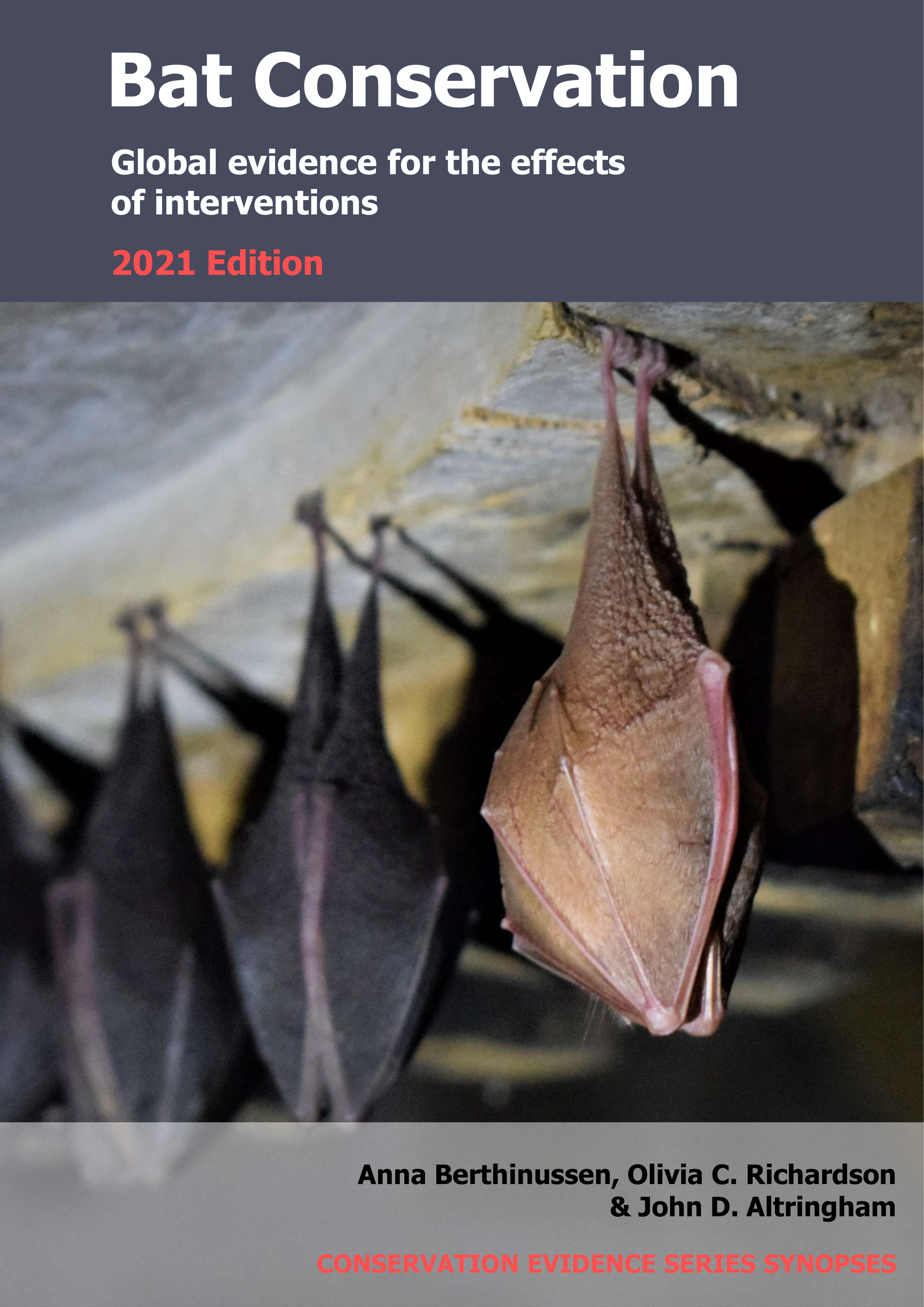Protect brownfield or ex-industrial sites
-
Overall effectiveness category Unknown effectiveness (limited evidence)
-
Number of studies: 1
View assessment score
Hide assessment score
How is the evidence assessed?
-
Effectiveness
40% -
Certainty
20% -
Harms
0%
Study locations
Supporting evidence from individual studies
A study in 1997–1998 in an urban wildlife refuge on the grounds of a former weapons manufacturing facility near Denver, USA (Everette et al 2001) found that five bat species were recorded at the site. Three tree-roosting species and two species known to roost in buildings were captured or recorded, with big brown bats Eptesicus fuscus making up 86% of the captures. In total, 176 bats were captured, and 955 bat passes were recorded. Big brown bats commuted further from roosts in buildings within surrounding urban areas to the refuge (9–19 km) than typically reported for the species elsewhere (1–2 km). The manufacturing facility was active until 1985 and was designated as a wildlife refuge in 1992. The refuge covered 6,900 ha of grassland, woodland, and wetlands within an urban area. At 18 locations within the refuge, bats were captured with mist nets on a total of 53 nights between May and August in 1997 and 1998. Twelve big brown bats were captured and radio-tagged in 1998. At each of eight locations within the refuge, bat detectors recorded bat activity for 90 minutes on 3–4 nights in June–August 1997.
Study and other actions tested
Where has this evidence come from?
List of journals searched by synopsis
All the journals searched for all synopses
This Action forms part of the Action Synopsis:
Bat Conservation
Bat Conservation - Published 2021
Update 2020





)_2023.JPG)














